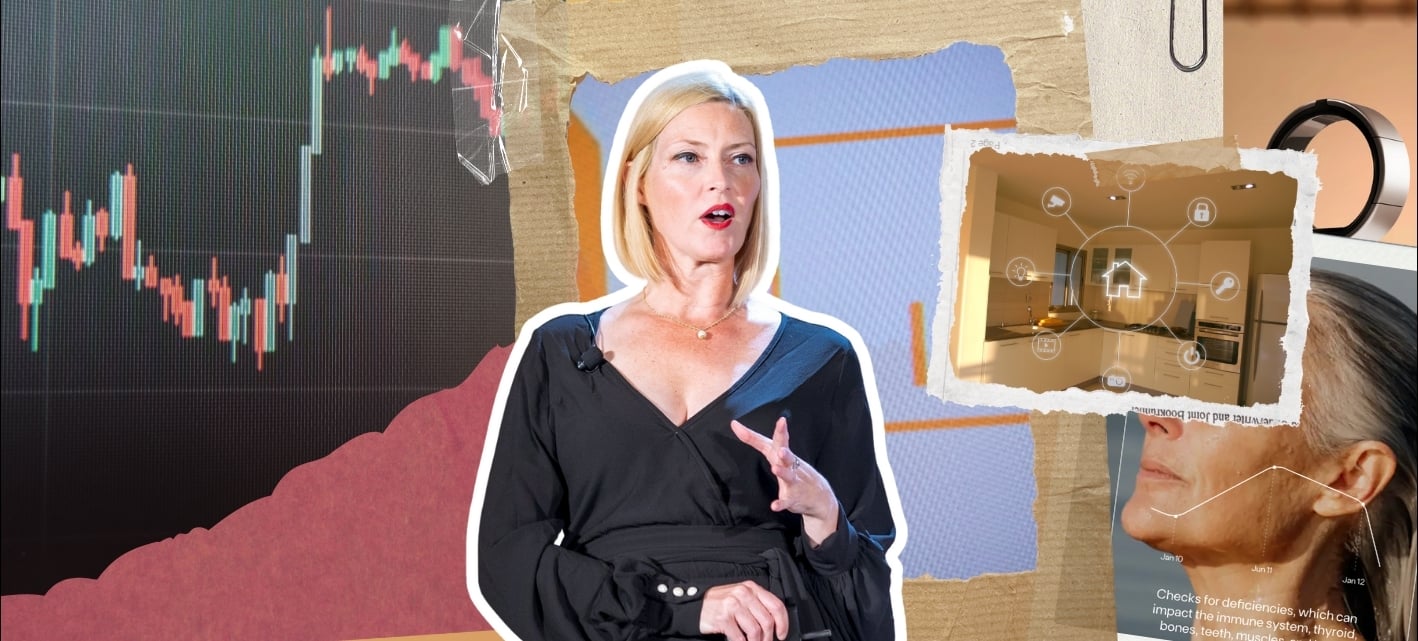A strong organizational culture is an aspirational goal for many senior housing leaders; something that’s important but often doesn’t rise to the top of competing priorities. But the severe challenges brought on by the COVID-19 pandemic has demonstrated that those who had invested in their culture maintained healthy occupancy levels.
In a conversation between Steve Moran, publisher of Senior Living Foresight, and Denise Boudreau-Scott, president of Drive – a consulting and coaching company committed to helping aging services organizations build high-performance cultures – the two revealed that culture isn’t just the buzz word that so many associate with people’s feelings or small perks in the workplace; culture, in the direst of times, is the bellwether of present and future success.
Everyone Needs to Refill the Tank
Towards the end of 2020, senior living occupancy was showing its lowest recorded totals in 14 years. At the same time, employee burnout has been harder to combat than ever before. In immediate response to the pandemic, organizations had to make structural changes that, in return, produced a more sustainable working culture than before, resulting in immediate cultural improvements.
“Research shows that culture has actually improved pre-COVID to now,” Scott said. “There is more flexibility. There is less hierarchy. Some of the barriers that would get in the way before are gone. People in these organizations really like this way of working; there’s a sense of working together.”
Organizations that struggled with providing a satisfying culture before the pandemic continue to suffer occupancy challenges. Scott attributes this to the inability to tell the difference between appreciating and valuing one’s staff. If there was ever a time to show empathy through leadership, she said, it’s now.
“Administrators and executive directors feel caught in the middle of everything,” she explained. “They feel caught in the middle of the government, by family members that can’t visit, residents and staff who are obviously upset with everything. This presents a real opportunity for leadership to step up for their team members, but if you’re running on empty then you can’t give what you don’t have.”
Culture Scores and the Bottom Line
It might not come as a surprise that turnover, retention, and the ability to recruit would have a direct link to an organization’s culture.
But the research that Drive has identified directly linking culture scores with occupancy within senior living are a recent revelation. Organizations with strong cultures scores had occupancy as high as 94 percent, compared to sites with lower cultures scores with occupancy as low as 66 percent.
To get a culture score, Scott’s company Drive identifies the top 10 values of an organization and looks at what percentage of each of those values are something limiting, or working against the organization’s success. Teamwork, positivity, and compassion might increase one’s score; bullying, information hoarding, and fear of job security might lower it.
“Organizations tend not to invest in their culture because they see it as a sort of ‘soft skill’ that might be all warm and fuzzy but doesn’t really affect the bottom line,” Moran remarked. “What this is telling us is that investing in culture actually impacts the bottom line in a huge, huge way.”
Start Now with What You Know
A complete cultural overhaul can’t and won’t happen overnight. Scott puts the timeline of a complete culture transformation at about 5-7 years. But gradual change still has immediate effects. Some organizations have dropped their turnover by 50% in a year by intentionally focusing on culture.
Organizations that truly commit to properly and honestly assessing their culture scores can find immediate opportunities for value and occupancy retention without any heavy lifting.
Rather than implementing programs or protocols from other prominent operations that you might not really know enough about, simply doing more of the good things you’ve already accomplished can show fast results in improving culture, Scott said.
She pointed out three things that senior housing leaders can do right now:
- Thank your teams
Thank everyone for showing up, for everything they do, and for not walking away from this industry, because many people have and many others are planning to. - Ask for advice
Beyond feeling appreciated, everyone appreciates feeling included. The insight that staff can impart can prove invaluable. Simply asking, “What can we do as a company, as a leader, to support you?” can help leaders to see that, more often than not, the asks are much smaller than they might think. - Evaluate what is NOT necessary right now
Taking things off of management’s plate can have a tremendously positive effect. Scott recalled an executive director saying to her, “I feel like a balloon with everyone pushing on me from all sides and eventually I’m just going to pop.” Removing small tasks that might not be necessary can alleviate some of the daily pressures of their jobs.
While the right culture can seem elusive for any workplace, Scott proclaimed that the culture shifts in senior living as a reluctant response to the pandemic have produced “the greatest shared vision we’ve ever had.” If we can keep moving that vision forward into the future, the challenges around occupancy could be met with a lot more solutions.

Posted by
SLIF heads to Carlsbad!
The One of a Kind Retreat for Senior Housing Leaders.
May 31 - June 2, 2026 | Carlsbad, CA
Learn More









Comments